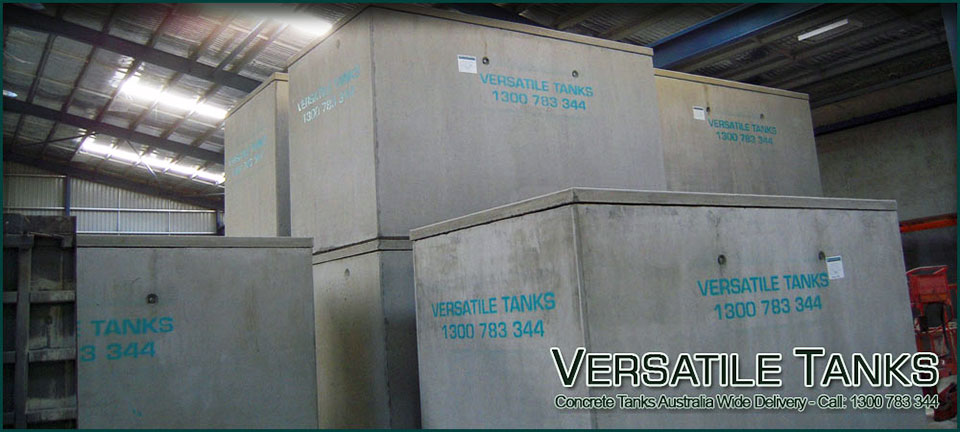**Please note Versatile Tanks DO NOT repair water tanks**
Why does my concrete tank leak?
Concrete is generally inherently very porous. It’s practically impossible to make an absolutely nonporous concrete where water won’t penetrate even a fraction of a millimeter.
Concrete contains pores, which are tiny voids, reside in the cementitious paste and can be subdivided into two types: gel pores and capillary pores. The gel pores exist in every system and are part of the glue that forms around the aggregate to make concrete what it is. Gel pores are very small and not a real concern.
What we worry about are the capillary pores, larger pores that depend almost entirely on the water-to-cement (w/c) ratio. If too much water is in the mix, an excess will remain after hydration of cement, and that is what forms capillary pores. Depending on their size and distribution, these pores can be interconnected, influencing permeability.

Premeability and concrete density go hand in hand. For example Concrete Tanks Australia are made using HSC (high strength concrete) 50mpa infiltration through HSC is very slow, in comparison to many round tanks that choose 25-32mpa the infiltration would be a lot faster. Rule of thumb, the higher the concrete density the more water tight the concrete becomes.
Permeability is the measure of the ease with which fluids can flow through a porous material. It is expressed in speed. (mm/second)
If you need any help or if you have questions please call Versatile Concrete Tanks Australia on 1300 783 344
